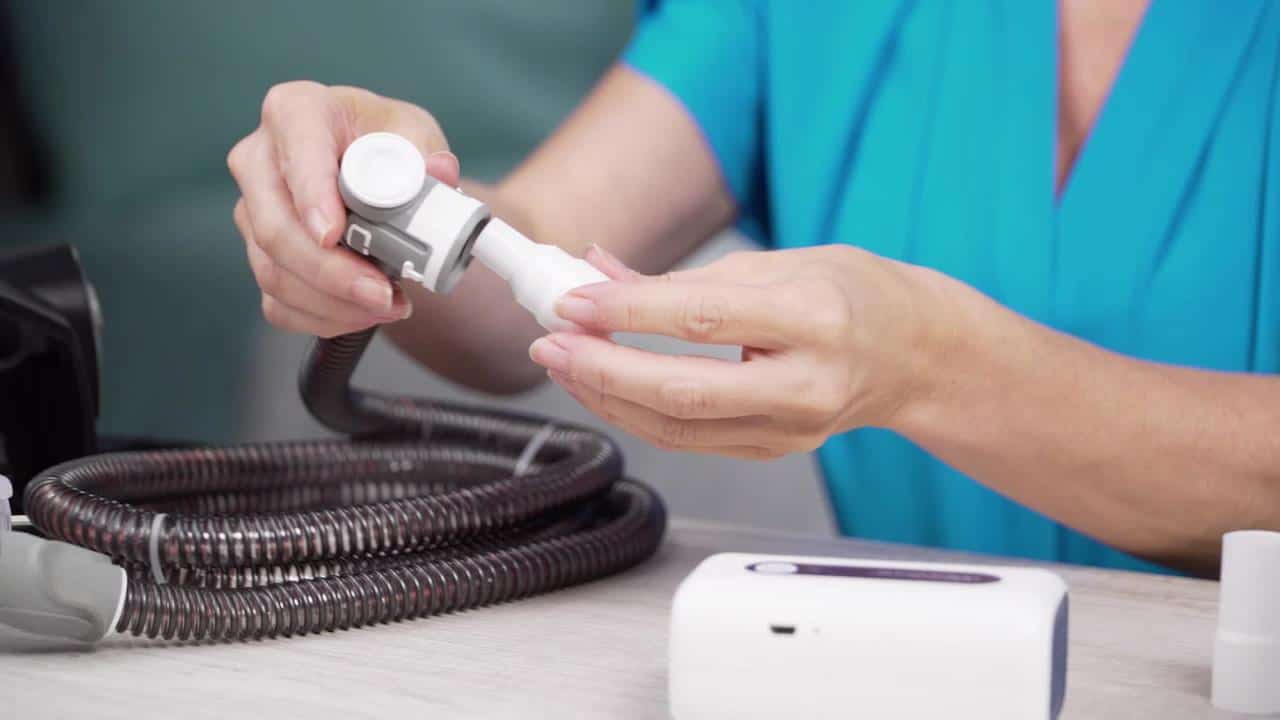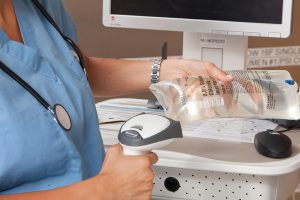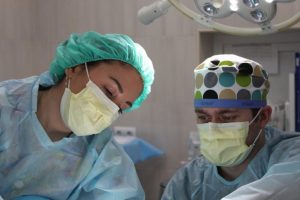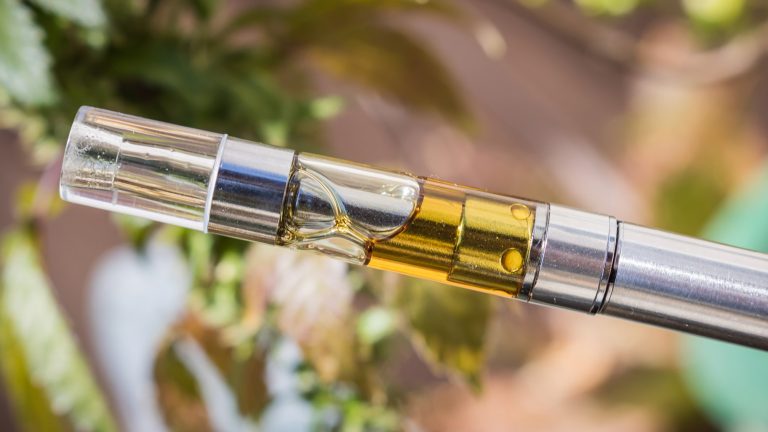The CPAP cleaners were grouped into two major groups for the first portion of our CPAP cleaner evaluation based on the technology they utilize to sanitize: ozone (also known as activated oxygen) or UV-C radiation. Individual cpap cleaning machine are also graded based on logistical criteria that significantly impact the lives of CPAP users in this CPAP cleaner comparison. They are ease of use, safety, mobility, versatility, pricing, and insurance or choices availability.
Sanitation, safety, and speed are all advantages of ozone.
Six of the CPAP sanitizers on this list, namely activated oxygen or ozone technology, are a standard feature. Nonetheless, distinct variances may influence your judgment on which is the best option for you. Our CPAP cleaner comparison will assist you in comprehending these critical distinctions.
What exactly is ozone?
Ozone is a colorless gas made up of three oxygen atoms (O3). It’s located in a layer in the stratosphere’s lowest reaches. The fundamental role of atmospheric ozone on Earth is to protect life on the planet by absorbing damaging UV radiation from the sun. People began utilizing ozone for water treatment in the late 1800s. Since then, ozone has been employed in various industries for sanitization and sterilization, including the medical equipment and food industries.
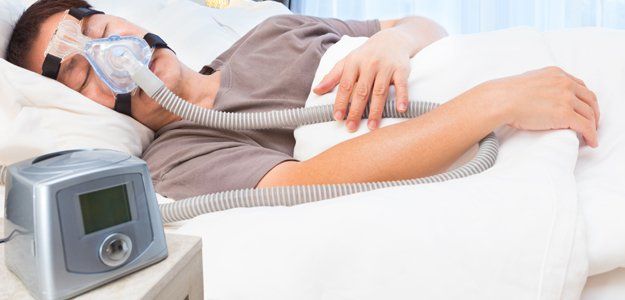
Why do CPAP cleaners employ ozone or activated oxygen technology?
On the market, there are CPAP cleaners that use UV-C rays to achieve the same outcome as ozone, which is the complete removal of all hazardous microorganisms from your CPAP. It’s vital to highlight the key downside of UV-C technology: it can only cleanse the surfaces of your CPAP components that it comes into touch with for a thorough CPAP cleaner comparison.
Ozone is a potent oxidizer.
Ozone gas is one of the most potent oxidants on the earth, making it highly reactive. Ozone is particularly effective at destroying most types of microbial life because of its capacity to react with nearly anything. The integrity of the bacterial cell membrane is disrupted by ozone in bacteria. Fungi cell development is inhibited, and viral reproductive cycles are disrupted.
On-site ozone production is possible.
Ozone is produced on-site and on-demand when humans use it for cleanliness. Because it quickly decomposes into diatomic oxygen, it cannot be kept or transported. The most frequent way for producing ozone is to run an extremely high voltage current through air containing diatomic oxygen. To generate ozone, this charged and free oxygen atom is weakly connected to the diatomic oxygen.
Ozone’s negative impacts
Long-term ozone exposure can be harmful to your health. According to the Occupational Safety and Health Administration, humans can be harmed if they are exposed to an average ozone concentration of more than 0.10 ppm for more than 8 hours. cpap cleaning machine can have a variety of adverse effects depending on the level of exposure.










